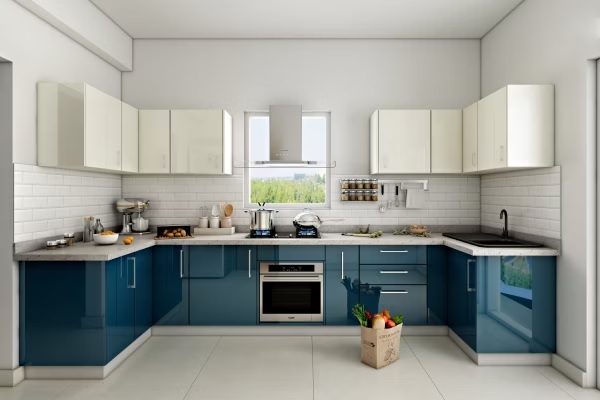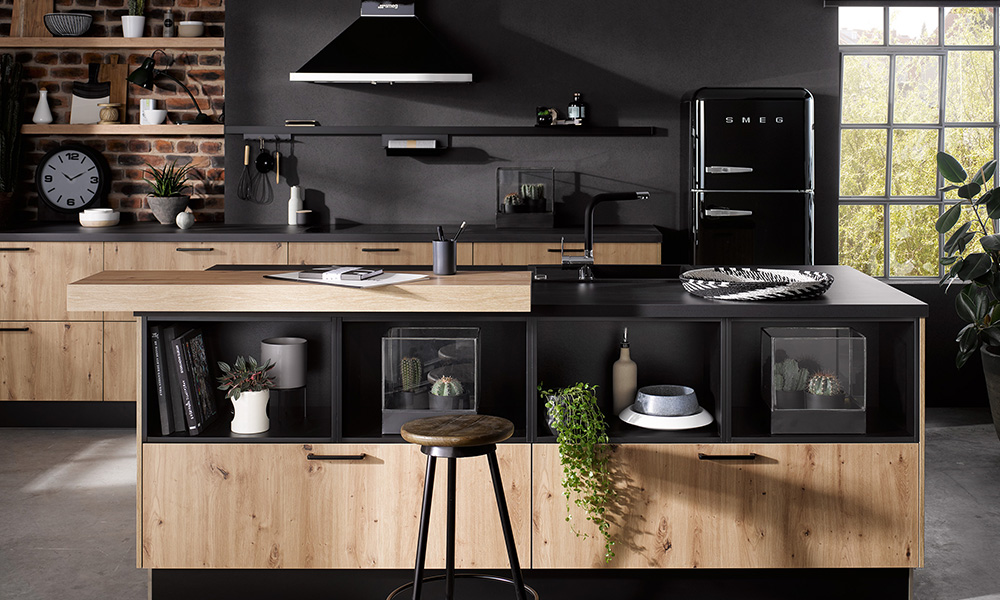A well-designed kitchen can make a huge difference in the overall efficiency of your cooking and meal preparation. Whether you are renovating your existing kitchen or designing a brand new one, there are several key factors to consider when creating an efficient kitchen layout. In this article, we will provide you with some useful tips and tricks to help you create a kitchen layout that is both functional and aesthetically pleasing.
1. Plan your Work Triangle
The work triangle is the area between your stove, sink, and refrigerator. This is the most frequently used area in your kitchen, so it’s important to make sure it’s well-planned. When designing your kitchen, try to keep these three elements as close to each other as possible. This will make it easier for you to move between them when cooking. Ideally, the distance between each element should be no more than 4-9 feet.
2. Maximize Storage Space

One of the biggest challenges in any kitchen design is finding enough storage space. To make the most of your available space, consider installing cabinets that go all the way up to the ceiling. This will provide you with additional storage space for less frequently used items. You may also want to consider installing pull-out shelves or drawers, which can make it easier to access items in the back of your cabinets.
3. Choose the Right Appliances
When choosing appliances for your kitchen, it’s important to consider both their functionality and their size. Make sure that your appliances fit within the overall design of your kitchen and that they are located in the most convenient places. For example, you may want to consider installing a microwave above your stove to save countertop space.
4. Add Adequate Lighting
Lighting is an important aspect of any kitchen design. Make sure that your kitchen is well-lit with both natural and artificial light sources. You may want to consider installing under-cabinet lighting to provide additional illumination for your countertops. This will make it easier for you to see what you’re doing when preparing meals.
5. Don’t Forget the Details
Finally, it’s important to pay attention to the small details when designing your kitchen layout. This includes things like the placement of electrical outlets, the location of your garbage and recycling bins, and the type of flooring you choose. These details may seem small, but they can make a big difference in the overall functionality of your kitchen.
- Plan your work triangle
- Maximize storage space
- Choose the right appliances
- Add adequate lighting
- Don’t forget the details
By following these tips and tricks, you can create a kitchen layout that is both functional and aesthetically pleasing. Remember to take your time when designing your kitchen and to consider all of your options. With a little planning and effort, you can create a kitchen that you’ll love for years to come!

